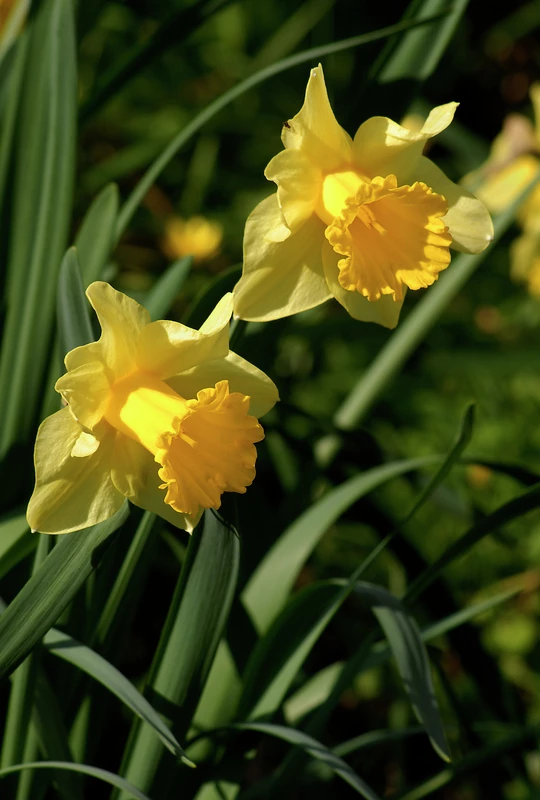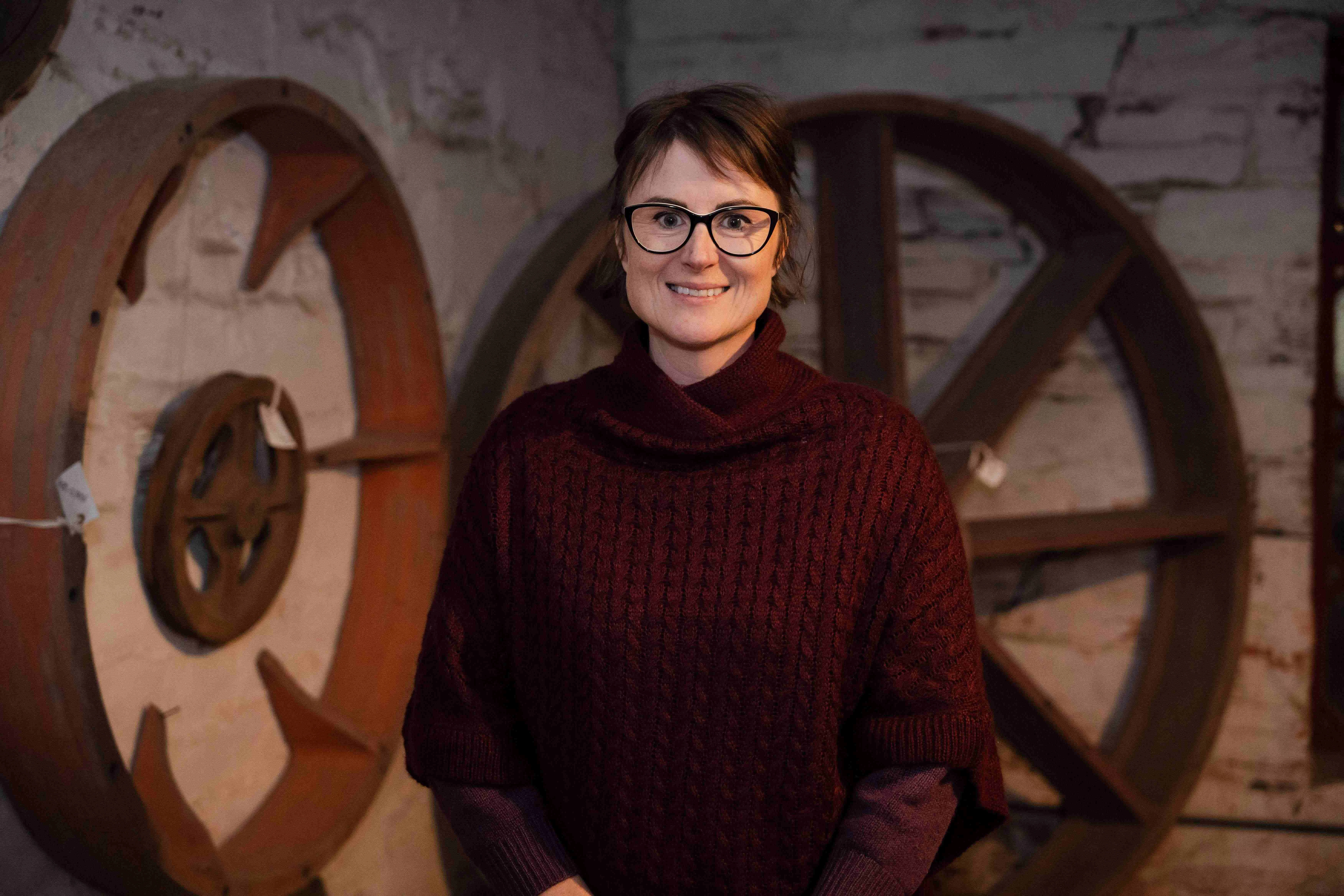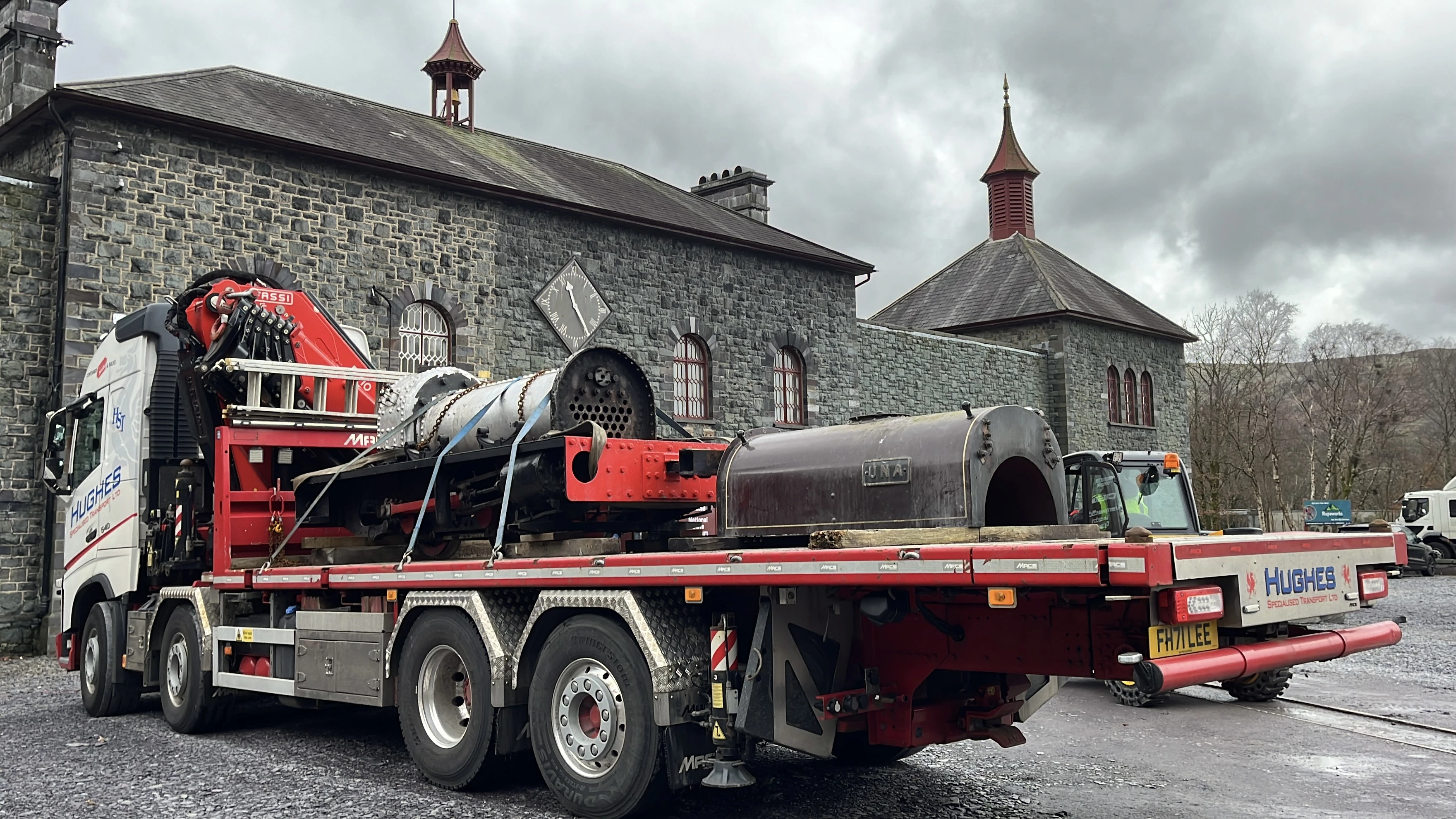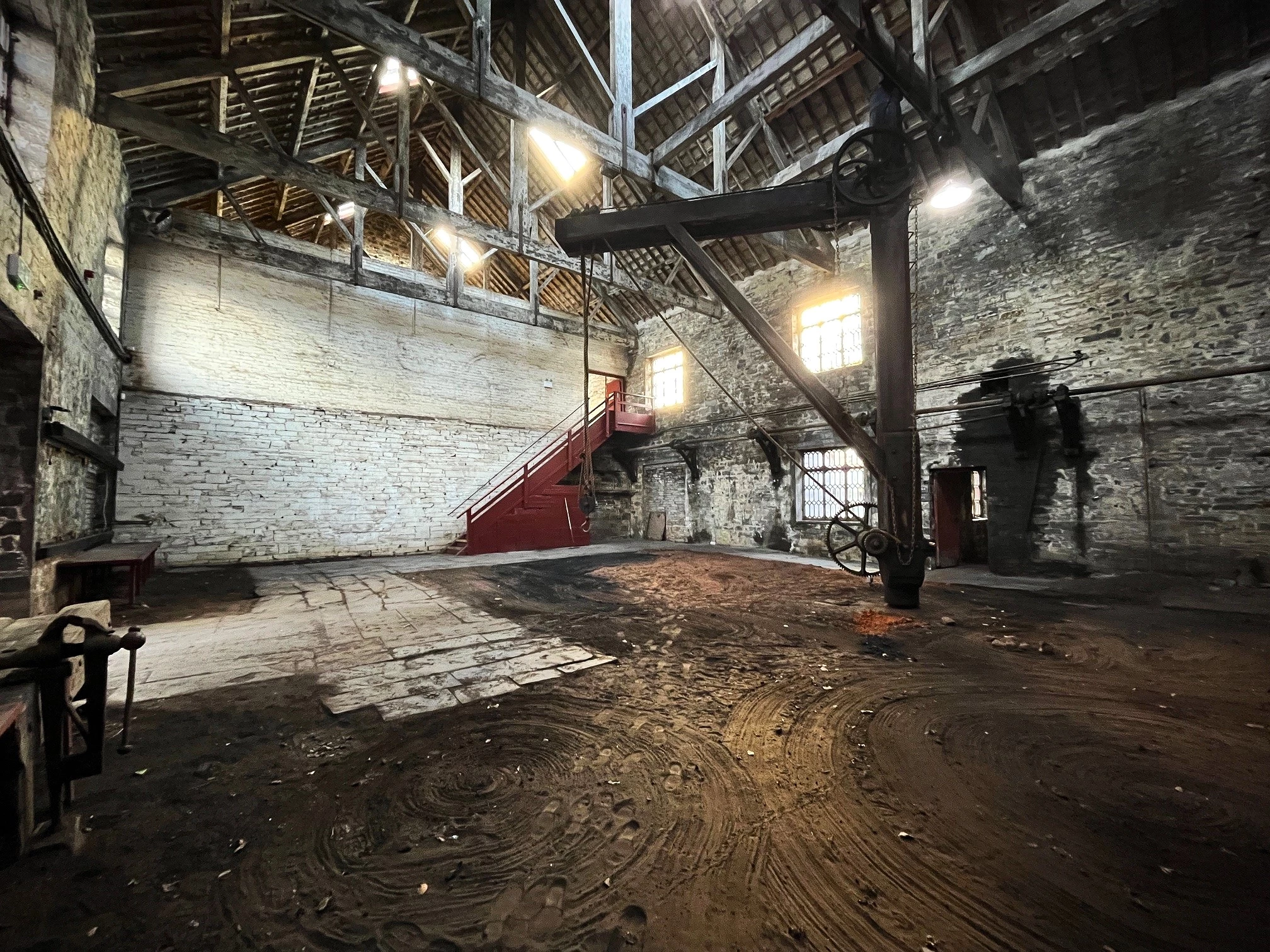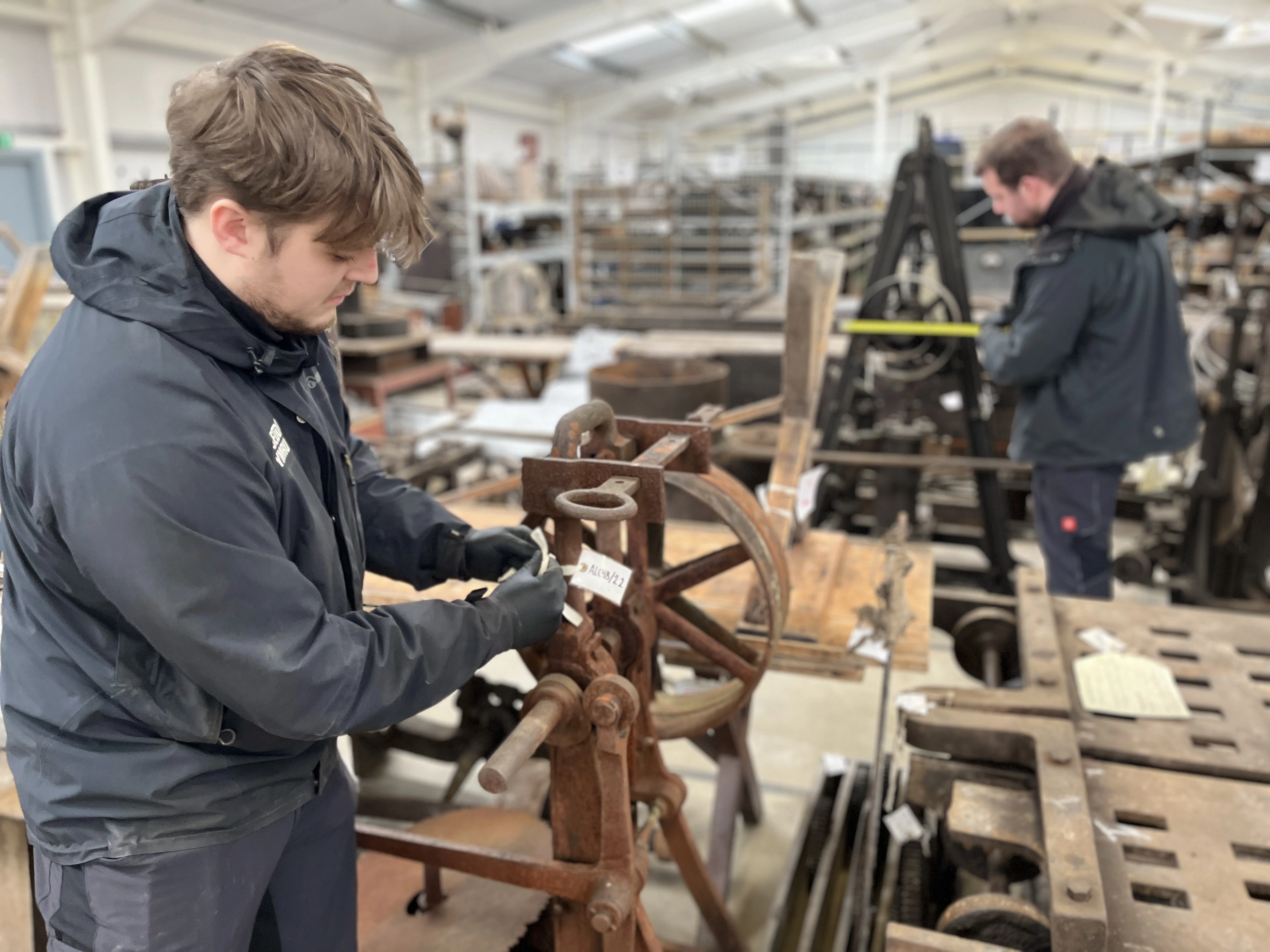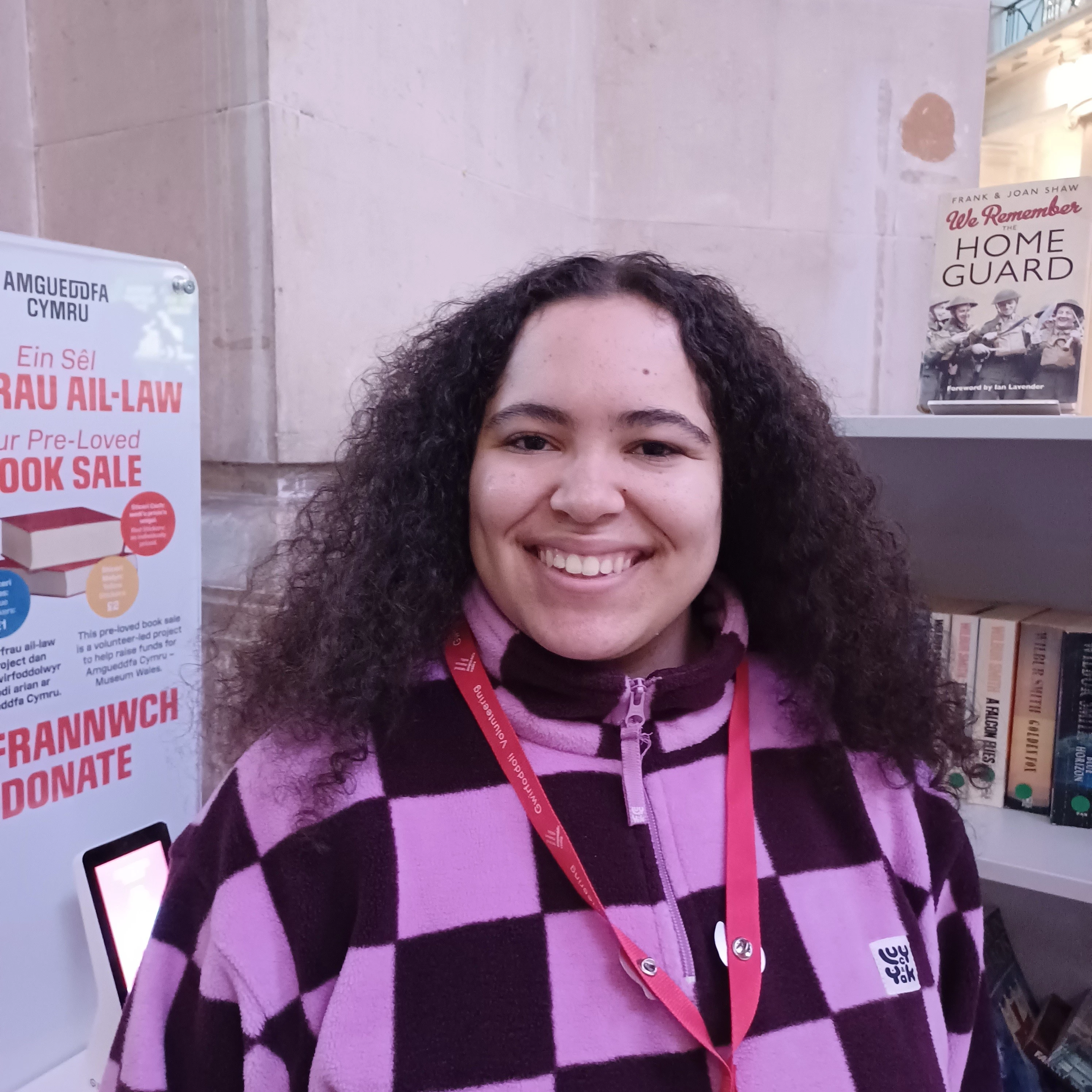Hi Helen, tell us a bit about yourself and your role at Amgueddfa Cymru.
I’ve been with Amgueddfa Cymru for a whirlwind 12 months. I am on secondment from Conwy County Borough Council where I usually look after the museum, library, arts, and archives services. Before moving to North Wales 14 years ago I worked across the Scottish islands as an archaeologist and community development worker.
My mum is from North Wales, and I always wanted to learn Welsh. It has taken me 14 years to get there, but I would say that a year at Llanberis has certainly supercharged my learning experience!
My role as Project Director means that I’m responsible for the overall management and delivery of the National Slate Museum Redevelopment project. I lead a number of wider project teams and report on progress to the Project Board. I’m charged with ensuring that the project stays on schedule and within budget and that we are meeting the expectations of our funders and stakeholders. Its also my job to make sure that we all share and drive forward the same vision to deliver the project together with our communities in a way that meets their own needs and aspirations.
The Llanberis project is really exciting, what can you share about it, as it progresses?
We refer to it as a once-in-a-generation opportunity and that really is true. Since the Slate Landscapes of Northwest Wales were designated as a World Heritage Site back in 2021, strategic funding opportunities have made it possible for us develop a really ambitious scheme. We will be able to create a brand new shop, café and learning space to transform the visitor experience. We are also going to install a lift to the first floor pattern lofts for the first time, as well as provide more accessible spaces throughout and better toilets (including a changing places toilet).
We are trying to create a nuanced balance between respecting the sensitivity of Gilfach Ddu and providing a contemporary experience. Visitors, locals and staff alike tell us that they love the site just the way it is – as though the workers have just downed tools and gone home for the day. That’s the spirit of the historic workshops that we are trying to honour, whilst at the same time making more significant improvements to spaces that have historically seen a lot of change already. For example, in our new gallery spaces, we will be able to show off more of our national collection, but also develop our role as a gateway to the wider slate landscape WHS.
We have just finalised our RIBA4 stage, which is the technical design phase where all the detailed specifications and materials are agreed. We have gone out to tender for the main works and with all being well are starting on site in April.
What’s happened to the collection while the renovation works are happening and can we still visit?
Almost the entire collection – around 10,000 objects - have been moved off site to a new dedicated accessible collections centre at Llandygai just outside Bangor. Anything that can move, has moved! This is to protect the collection but also to keep it accessible while the museum is closed temporarily. Our activity programme over the coming year will provide lots of opportunities for people to visit, experience and work with the collections in their temporary home and help select objects for display and decide how their stories will be told.
Is the Llanberis site open while works happen, it would be cool to have a tour of the empty museum!
The museum is closed temporarily, partly to keep staff and visitors safe because of the scale of the works, but also because we are working to a very tight timescale! We are offering some ‘Silent Spaces’ tours at the moment for the local community as we prepare to hand over to the contractor, and we will look to offer more sneak peak and behind the scenes tours over the coming months.
We’ve seen the Development and Llanberis Redevelopment Team working hard to secure funding, whose contributed to the project that we can shout about!
Goodness me, there are so many people doing extraordinary work. Certainly in the last 6 months I have been bowled over by Cadi, our curator, and the wider site staff for the work they’ve done to prepare the museum for closure. Kerry Vicker is my hero. She got me through our Stage 2 National Lottery Heritage Fund bid for just under £10m.
What sustainability measures are being considered, to protect the future of the museum and the collection?
We have Victoria Hillman working on the project team as part of the redevelopment so that we can keep a focused eye on sustainability and environment. There are so many elements to this which are a combination of preventative measures and new initiatives.
In terms of the collection we are being pragmatic and responsive to the types of industrial collections we have. We are conserving some elements – such as Una the engine – who will be brought back into steam through the project. The environments we achieve for the main gallery spaces will achieve a new level of conditioning, which will help us to display more sensitive objects for the first time.
We have also been working with Cardiff Met university on a climate adaptation pathway exercise and building this into the specification for things like landscaping materials, managing run-off, breathability of buildings and design of rainwater goods. We are also looking to achieve:
- BREEAM excellent for the new buildings
- New bat and swift boxes
- Translocation of lichens and mosses
- Planting of native and rare species
- Rainwater harvesting
- Highly sensitive lighting strategy
- Sustainability and environmental learning outcomes embedded across all interpretation
The list goes on!
What are you most looking forward to about the redevelopment?
I can’t wait to see my two young children playing in the spaces we create. I’m hoping to see nothing but delight and wonder on their faces as they explore.
Finally, we love asking this - what’s your favourite piece in the Amgueddfa Cymru collection?
Well, I haven’t been here very long, but I would say my favourite object so far is our beautiful Caban Eisteddfod Chair in the NSM collection. What a simple, beautiful expression of life in the slate quarrying communities and the lived experience of those who sat together in the Caban.
